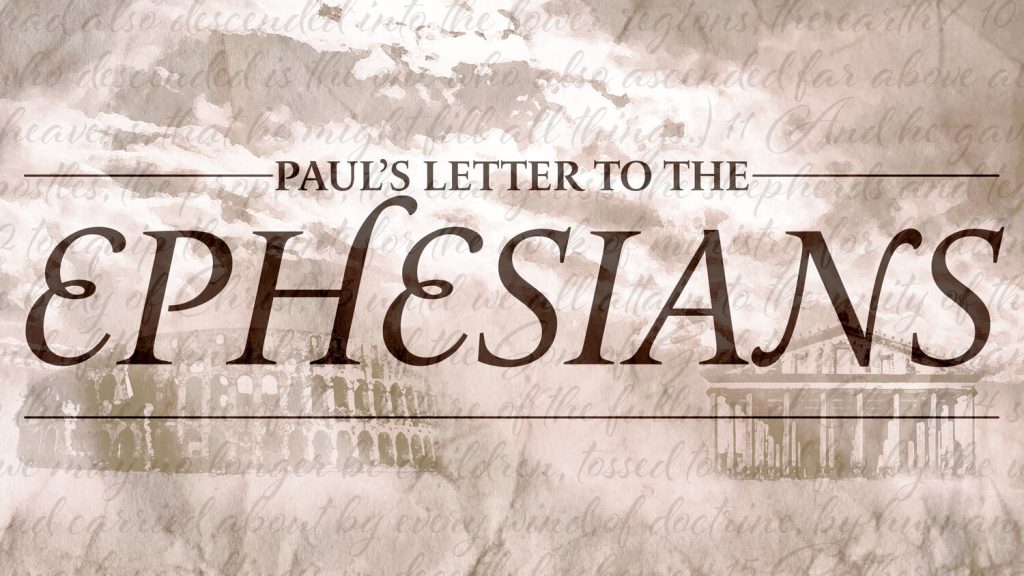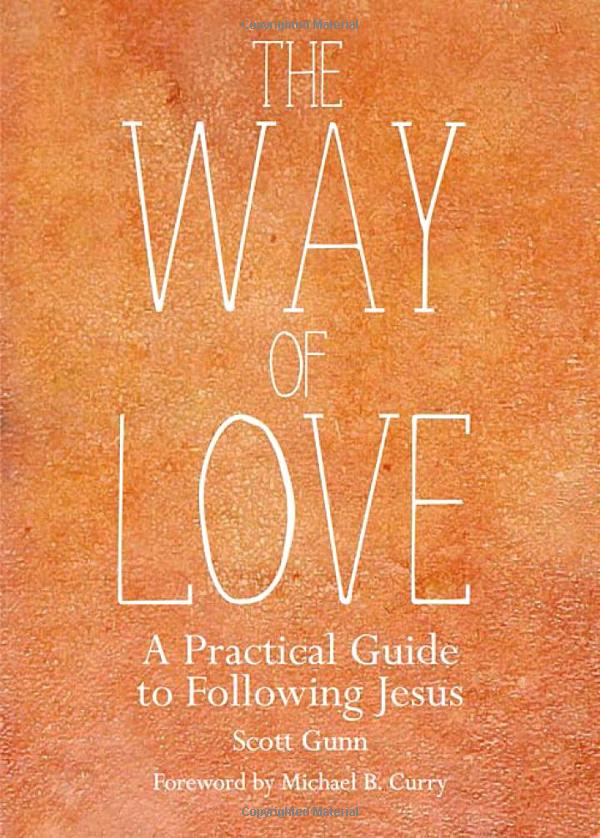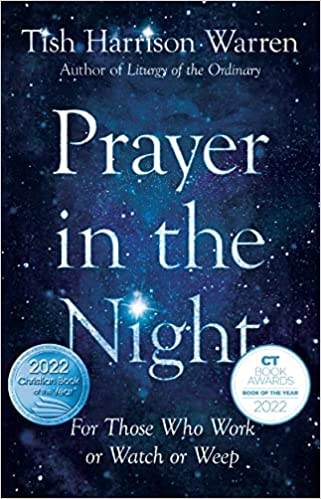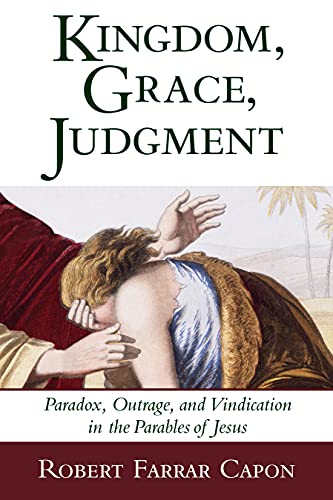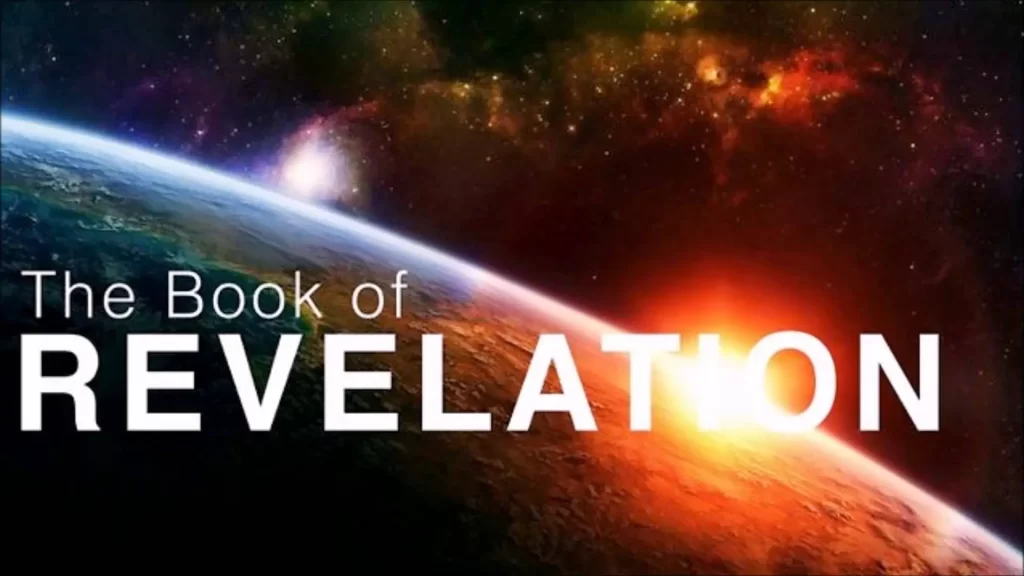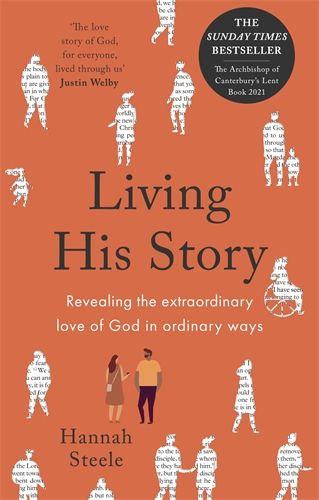Ephesians 2:1-3, The Prince of the Air
“The enemy of our race, the devil, having fallen from heaven, wanders around these lower airs . . . and works illusions in those who are deceived and attempts to prevent them rising upwards . . . yet Christ came that he might overthrow the devil, purify the air, and open up for us the way to heaven.” Athanasius, “On the Incarnation,” Ch. IV.25
Ephesians 2:1-3, The Prince of the Air Read More »

